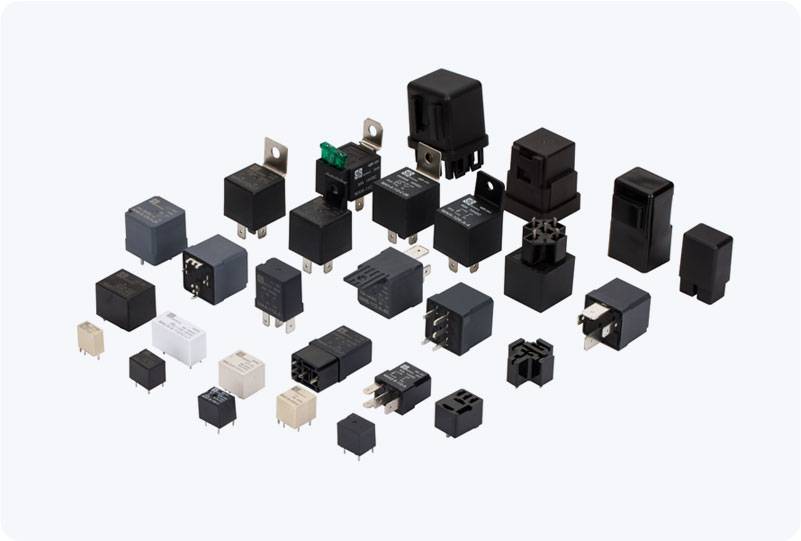Water valves are essential components in various water distribution systems, from residential plumbing to large industrial setups. These devices play a crucial role in controlling and regulating the flow of water through pipes and tubes. Whether in households, commercial establishments, or complex industrial processes, water valves ensure efficient water management, maintaining both flow control and system safety. This article explores the different types of water valves, their functions, and their applications, providing a comprehensive understanding of their significance in water systems.

What Is a Water Valve? A water valve is a mechanical device used to control the flow of water by opening, closing, or partially obstructing the flow path in a pipe. It is designed to regulate, direct, or control the flow of water, making it a vital part of plumbing and irrigation systems. The valve typically works by using a handle, wheel, or automated system to adjust the valve’s internal mechanism, which can be a ball, gate, disc, or other designs depending on the type of valve. Types of Water Valves Ball Valve The ball valve is one of the most commonly used types of water valves. It consists of a spherical ball with a hole through the center. When the ball is rotated, the hole aligns with the pipe, allowing water to flow through, or it is turned to a closed position, blocking the flow. Ball valves are known for their durability, reliability, and ability to provide quick on/off control of water flow, making them ideal for residential and commercial applications.